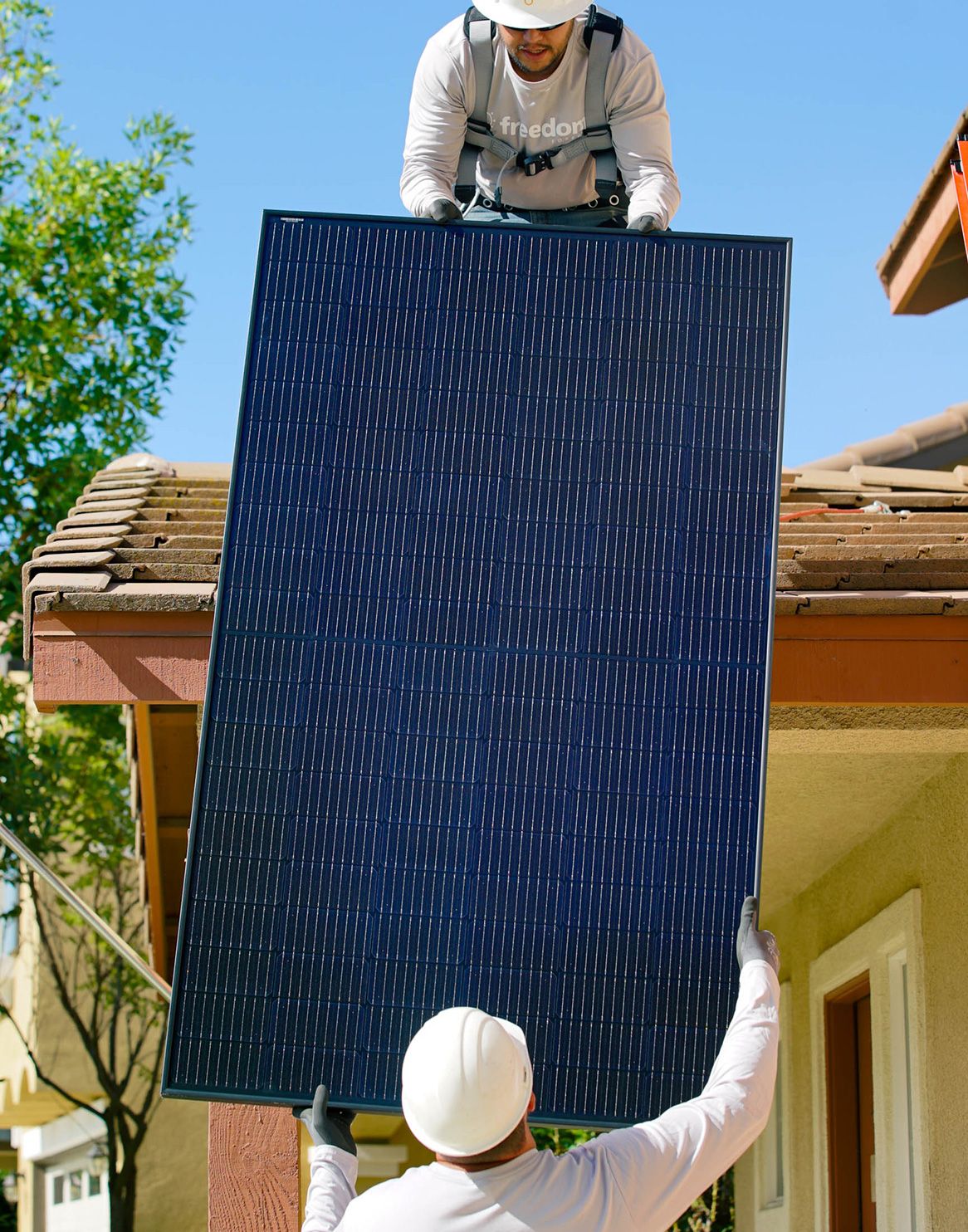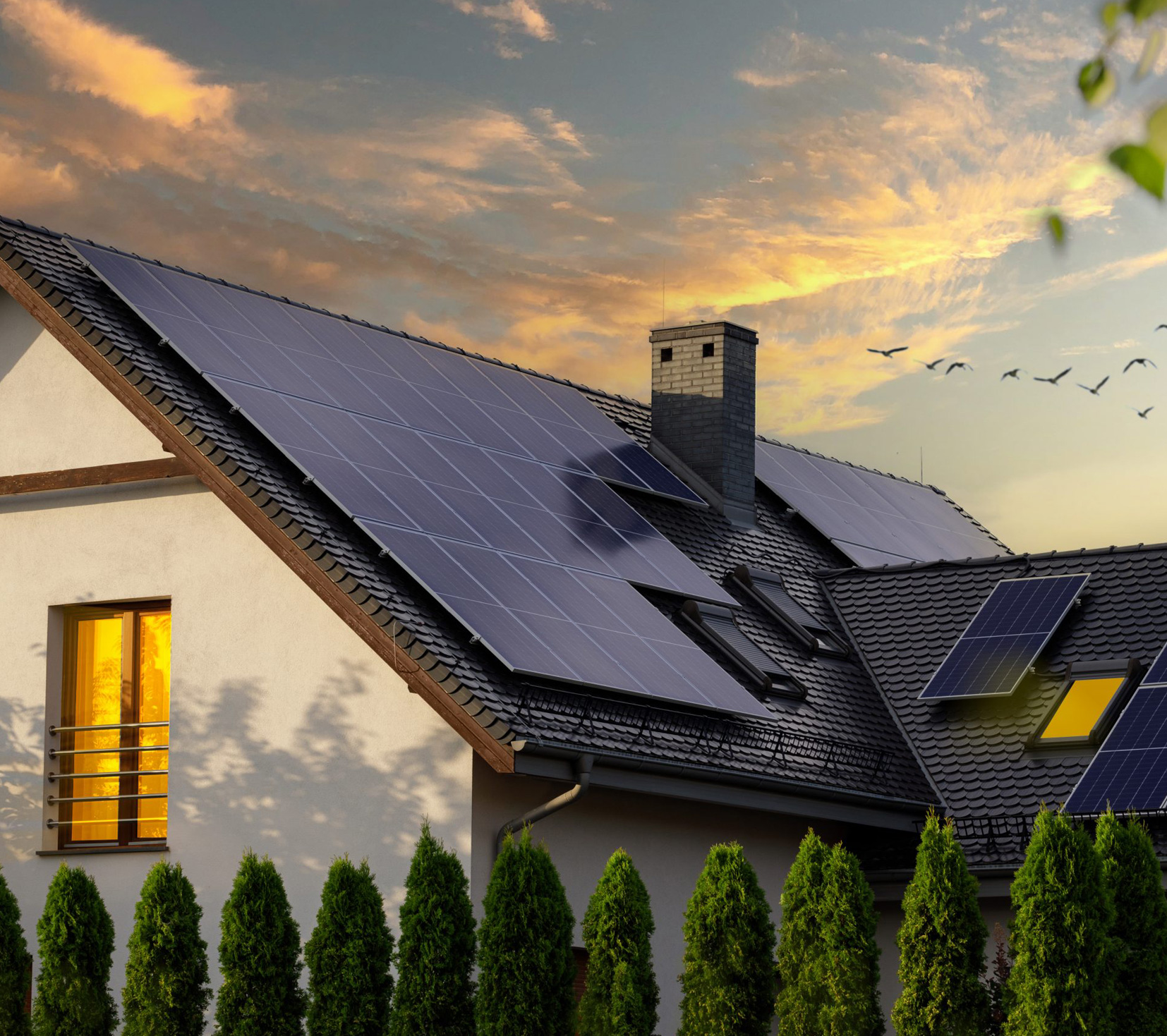Frequently Asked Questions
Solar energy is a clean, inexpensive, renewable power source that is globally harnessable. Seacoast Solar can help you make informed decisions about your solar energy investment.
The short answer is it takes anywhere between 5 and 12 solar panels to charge an EV, but it depends on so many factors. For example, you would need six 360-watt panels getting 4.5 hours of sun per day to charge a Tesla Model Y that travels 37 miles per day.
To get this answer, we’ll need the number of miles traveled per day (the national average is 37) and the fuel efficiency rating of the EV. Simply take the MPGe (which the Environmental Protection Agency provides for all EVs) and divide it by 33.705.
Charging time depends on the type of charger and the battery capacity of the vehicle. A Level 1 charger takes 8-16 hours to fully charge, a Level 2 charger usually takes 6-8 hours, while a Level 3 DC fast charger can charge to 80% in about 30 minutes to 45 minutes.
Solar power is the cheapest charging option by a long shot. In fact, charging at home on solar power costs about half as much as charging on grid power, and five times less than fueling an EV at public chargers or a combustion car with gas.
When you install a solar energy system on your property, you save money on your electricity bills and protect yourself against rising electricity rates in the future. How much you can save depends on your area’s utility rates and solar policies, but going solar is a wise investment regardless of where you live.
Like other renewable energy resources, solar power has many environmental and health benefits. Going solar reduces greenhouse gas emissions, which contribute to climate change, and results in fewer air pollutants like sulfur dioxide and particulate matter, which can cause health problems.
Studies have shown that homes with solar energy systems sell for more than homes without them. However, your property value will only increase if you own, rather than lease, your photovoltaic panel system. Going solar will increase your property value more than a kitchen renovation in most parts of the country.
Net metering is the system utilities use to credit homeowners with solar for the electricity their solar panels produce. With net metering, you only pay for the electricity that you use beyond what your solar panels can generate. Net metering policies differ from state to state so do your homework ahead of time.
If you’re installing a solar system on your home, it makes sense that you’re probably wondering how it converts sunlight to energy and what happens when events like blackouts occur. We’ve got all of the answers you need, call us during regular hours.
Solar photovoltaic panels absorb the sun’s energy throughout the day and convert it into direct current (DC) electricity. Most homes and businesses run on alternating current (AC) electricity, so the DC electricity is then passed through an inverter to convert it to usable AC electricity. At that point, you either use the electricity in your house or send it back to the electric grid.

“We are very pleased with the Seacoast Solar company. Your installation crew worked skillfully and had the system operating in less than three days. Your sales representative made several very reasonable recommendations for improving our home’s energy efficiency, explained the typical cost and installation time. We are excited to have a system that uses the sun’s energy. Thank You!”
“We’re so happy with our decision to choose Seacoast Solar to handle our complete solar installation. From the moment I contacted the office, the entire staff was extremely friendly, knowledgeable, and helpful. The installation was amazingly quick and went off without a hitch. They left the property and my home exactly like they found it, probably a bit cleaner if you know the truth.”
“Thank you for handling all the permits and paperwork which we know can sometimes be stressful. We appreciate that Seacoast Solar took care of everything. We are very happy with how smoothly the installation went. The install crew was very professional and provided a clean and complete install. Now it is always great to visit the power meter and watch it running backwards.”

